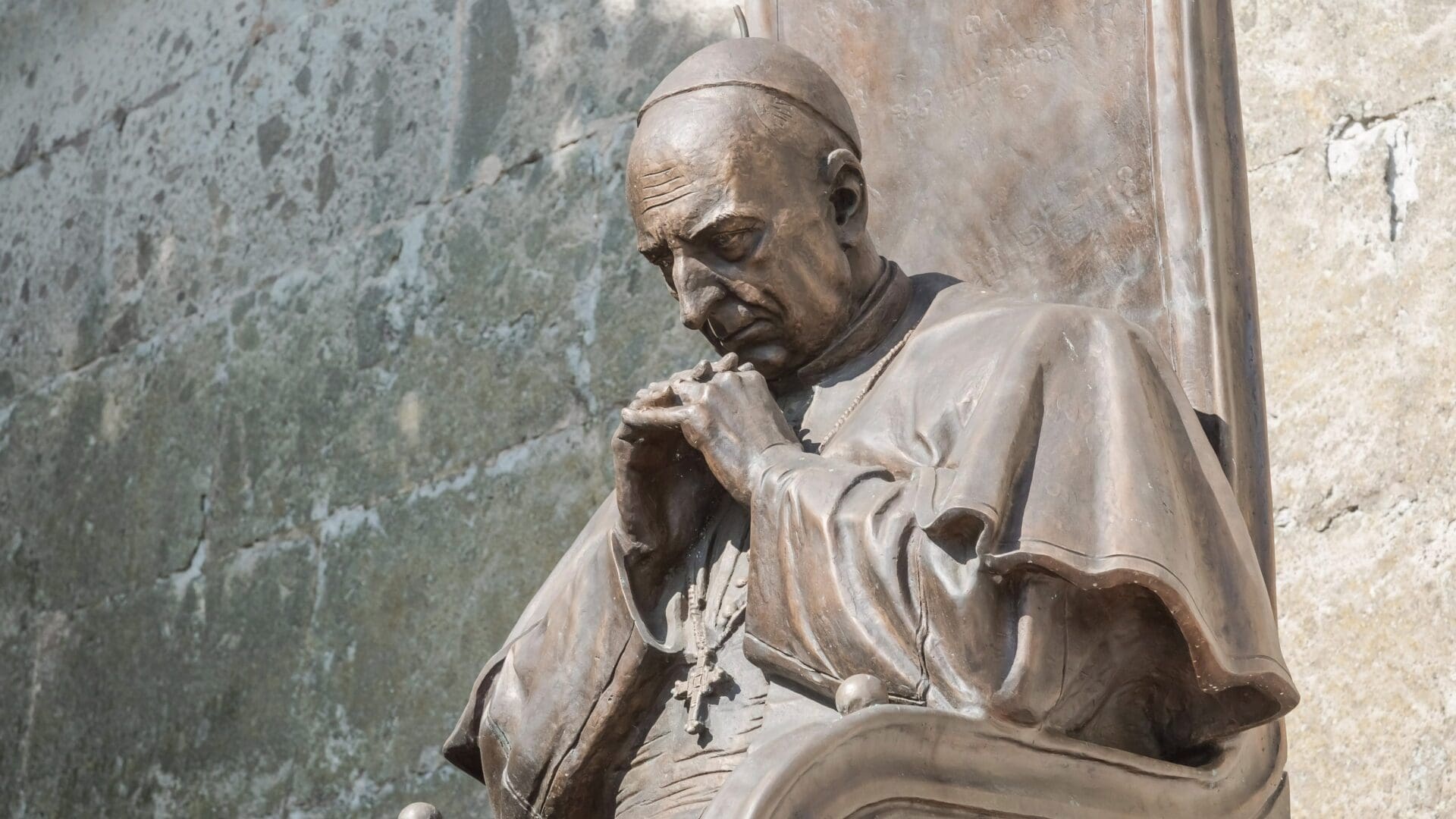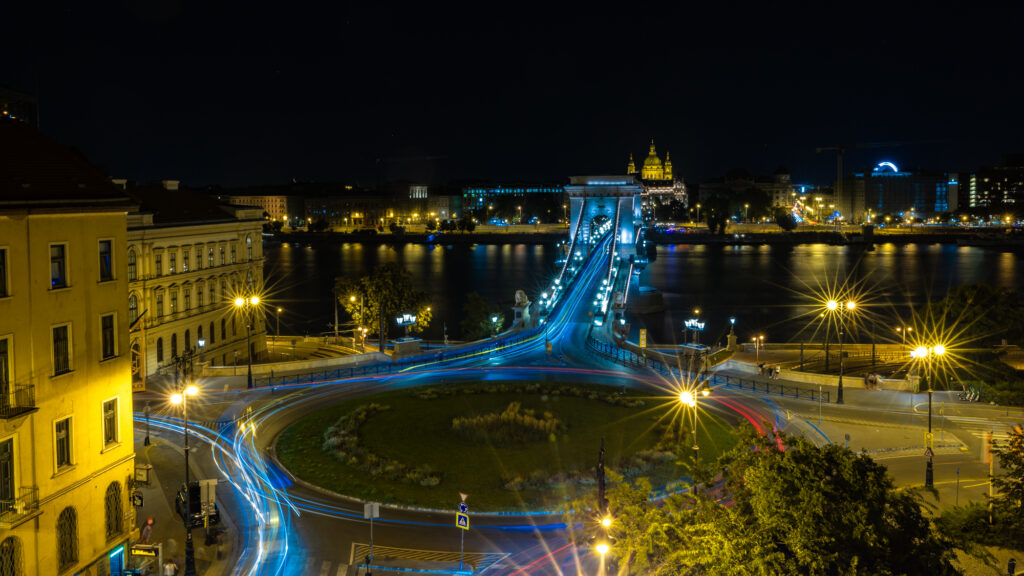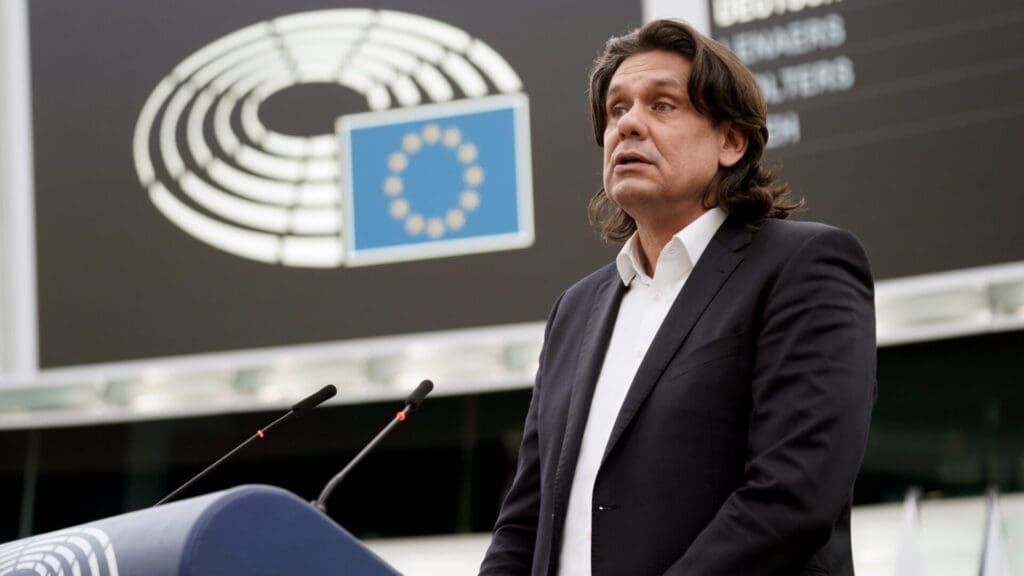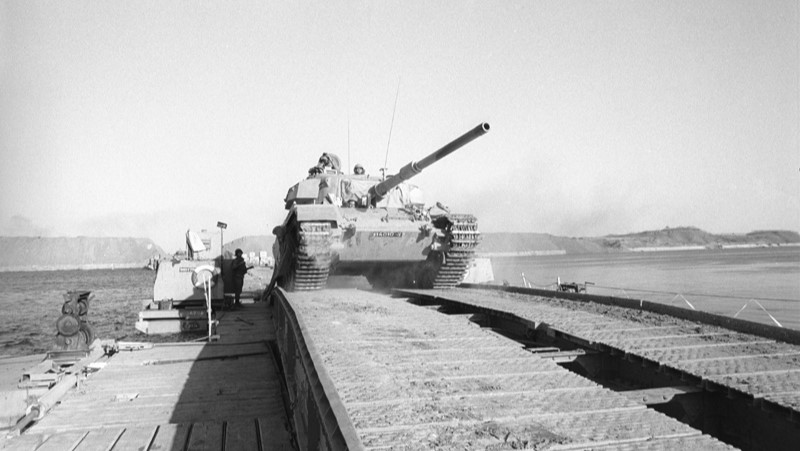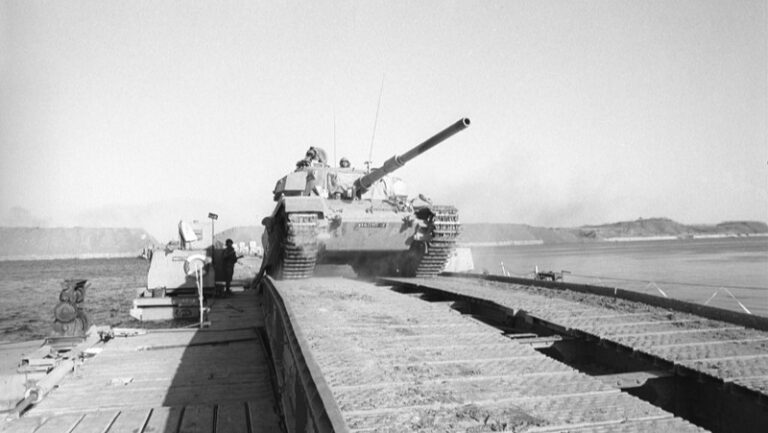After the Soviet troops invaded Hungary on 4 November in 1956, József Mindszenty was forced to flee. He requested political asylum from the United States at the US Embassy in Budapest, what led to a difficult situation for Washington. According to US laws and general practice, asylum was usually to be denied in such cases. In the case of Mindszenty, too, the official stance was that his issue is to be settled by the Vatican and Hungary. But, ultimately, the cardinal was granted asylum. What that meant in practice, however, was that while he escaped prison, and evaded a possible re-arrest by the newly installed Communist authorities, the cardinal did not become free. Mindszenty could not leave the building of the embassy.
His two-decade-long ‘voluntary imprisonment’ began.
Working from the Embassy
Mindszenty continued to advocate for the case of Hungary, and its fallen revolution: even in his physically restricted situation, the cardinal wrote many letters, among others, to the president of the United States. Sometimes he received responses from the president. The archbishop used this narrow channel to inform the Western world about the situation in Hungary. According to some historians, these reports also played a role in Kádár announcing a general amnesty in 1963.
János Kádár, the Soviet-installed leader of Hungary, continued to see Mindszenty as his personal enemy.
The cardinal had in fact been arrested in 1949 under Kádár’s tenure as minister of internal affairs. Mindszenty also made the situation difficult for the Communist authorities, as he refused to resign as Archbishop of Esztergom, and therefore the main church dignitary of Hungarian Catholicism. Thus, while Kádár tried to strike a compromise with and pacify the Church by requesting the Vatican to name more pliant bishops and using the secret service to force many priests to become informants, the titular leader was still his avowed enemy, and an intransigent critic of communism. This, naturally, also prevented a more cooperative archbishop to be named, since Mindszenty’s seat was not vacant. All this meant that the plan to fully pacify the highest echelons of the Church was delayed.
As time went on, this also hampered the reconciliation between the Vatican and the regime, something Mindszenty in fact wanted to prevent at all cost. The Catholic Church of Hungary therefore was divided between the more cooperating and the dedicated priests, the latter ones rallying around the archbishop, who was in an inner exile. Atop of this all, the presence of Mindszenty at the Embassy also caused tension between Hungary and Washington.
Initially, the goal of Kádár was to have Mindszenty abducted or arrested. However, during the 1960s the objective changed. The idea was that the simplest way to get rid of Mindszenty was to force him to resign from his position of archbishop, and remove him from the embassy, allowing the cardinal into an actual exile. In 1967, the government proposed this framework to the United States and to Mindszenty. However, the archbishop was still adamant, setting strict preconditions: he would only leave the embassy, and thus Hungary, if he could keep his clerical titles, and the government would release imprisoned priests, as well as rebuild the Regnum Marianum church, a symbolically important place of worship blown up by the Communist authorities in the Rákosi era. These conditions were not met, and thus Mindszenty remained at he Embassy.
Moving Out
But the situation was no longer tenable for the Vatican either. In April of 1971, Pope Paul VI and the Hungarian minister of foreign affairs met in Rome. It was the first time that a Communist cabinet member from Hungary and a pope negotiated in person. During the meeting it was decided that, in order to restore the diplomatic relations between the Vatican and Hungary, Mindszenty must resign, and leave Budapest. Therefore, the pope summoned the cardinal to Rome. While Mindszenty was still reluctant to leave, he did not want to oppose the pontiff, and thus, in September of 1971, he finally left the embassy. However, the cardinal was absolutely unwilling to renounce his position of Archbishop of Esztergom. The Vatican, on the other hand, was pushing for that to happen as in the meantime it had struck another deal with the Kádár regime: if Mindszenty finally resigns, all imprisoned clergymen would be released. Thus,
in 1974, the pope declared the seat of the Archbishop of Esztergom vacant.
Mindszenty protested, but failed to have the decision reversed.
After being forced to resign, Mindszenty left Rome, and travelled to Vienna. Here, he settled in the Collegium Pazmanianum (Pázmáneum), the Hungarian Catholic seminary of the city. Despite of multiple forces trying to silence him, Mindszenty continued to work, even in his newest exile. He travelled around the world and addressed diaspoa Hungarian communities. His aim was to continue his pastoral duties, and to strengthen the spirit of his compatriots, exiled and pursued by the Communists, much like Mindszenty himself.
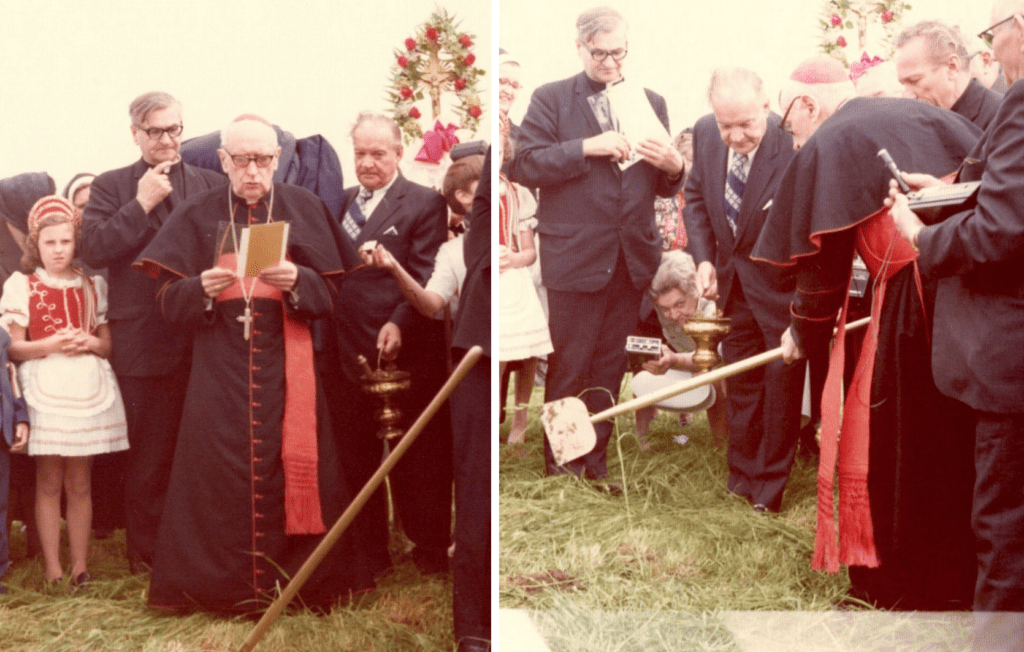
In 1975, the cardinal travelled to Venezuela and Colombia. However, his worsening health forced him to abruptly end his journey. Mindszenty returned to Vienna and was hospitalized. He passed away in a church hospital in Vienna on 6 May 1975, at the age of 85. Mindszenty’s remains were buried in Mariazell, as he had requested in his final will.
Mindszenty was reburied in Esztergom in 1991, after Soviet troops left Hungary.
Conclusion
József Mindszenty was forced into exile (first, an inner one, and then, an actual one) just days after he was freed from the prison of the Communist regime. His life took a rather tragic turn from 1949 onward. However, the vicissitudes did not break Mindszenty’s will and determination to stand up against the Communist dictatorship. If anything, they strengthened him. He relentlessly tried to help the victims of the regime, even from within the US Embassy, where he lived under constant danger of expulsion. This indeed makes him a role model of bravery and unbreakable faith. His merits have been recognized by the Catholic Church as well: Mindszenty has been made venerable, which is the first step to sainthood. Furthermore, he has also rightfully earned the moniker ‘white martyr’: he did not sacrifice his life in the conventional sense, but very much so in the literal sense.

